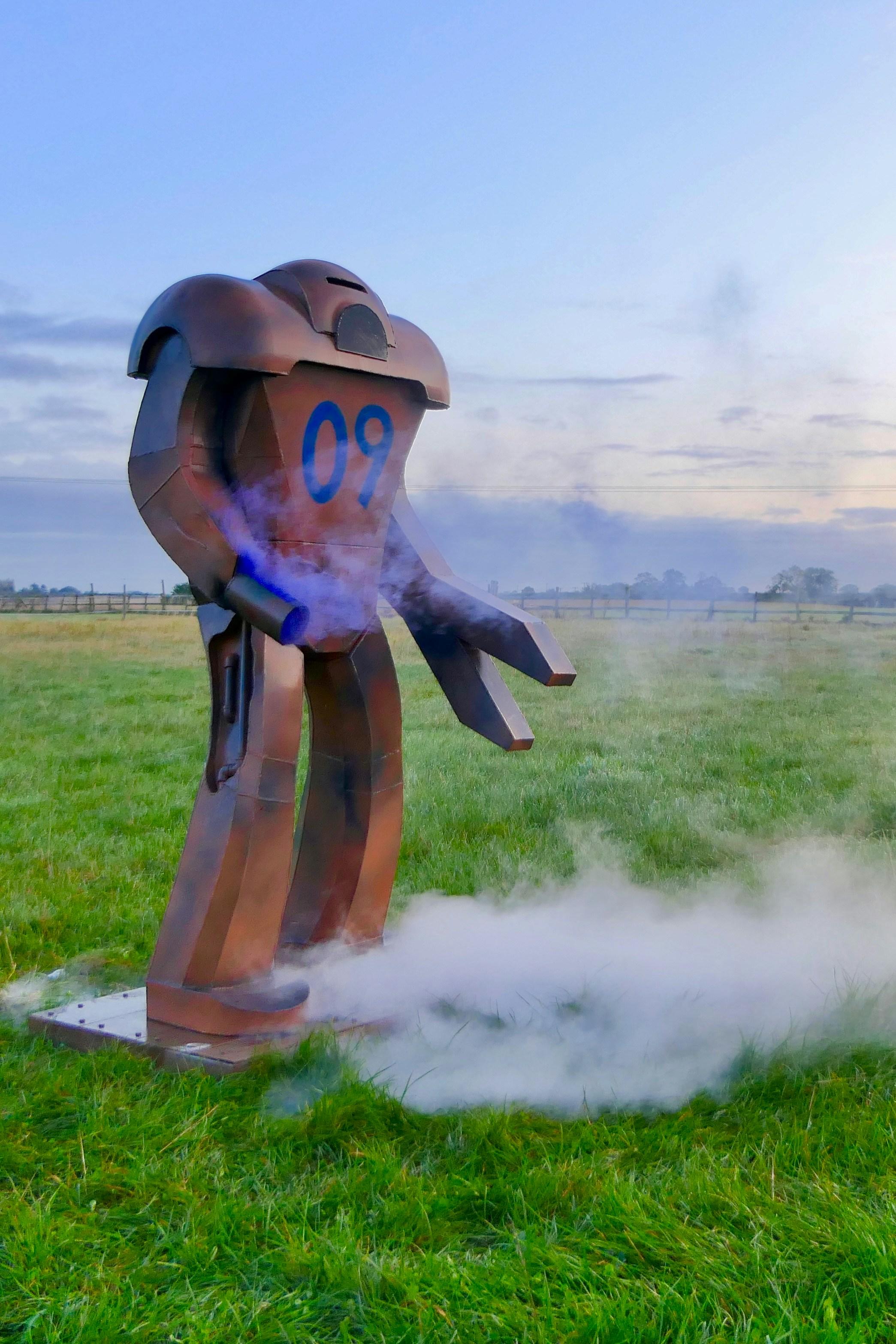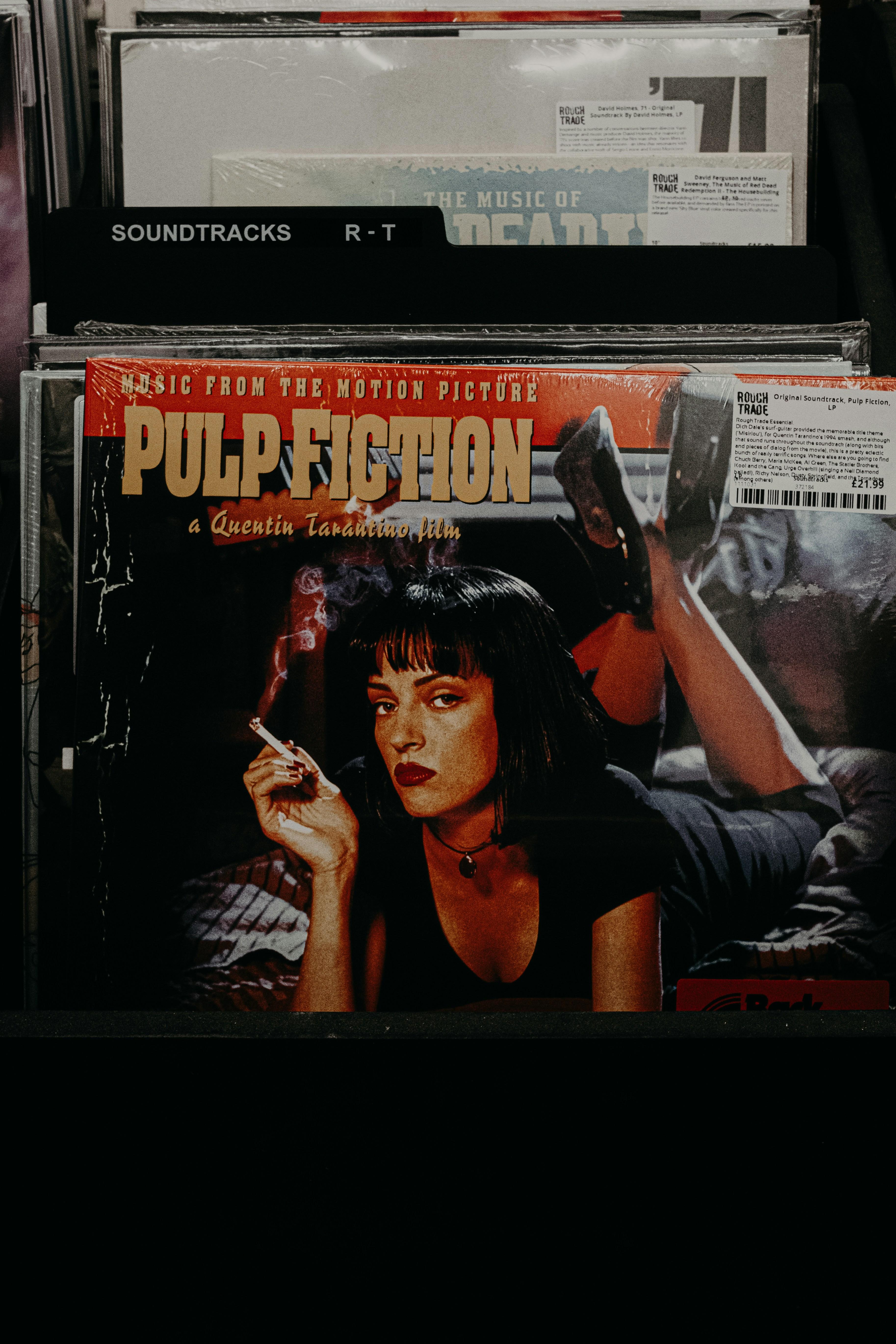In the realm of cinematic history, few films have achieved the enduring impact and critical acclaim that “Pulp Fiction” has garnered since its release in 1994. Directed by Quentin Tarantino, this film is often hailed as a groundbreaking piece of cinema, particularly for its innovative use of non-linear storytelling. By eschewing a traditional, chronological narrative structure, “Pulp Fiction” not only challenged audience expectations but also redefined the possibilities of narrative construction in film. This article delves into the elements that make “Pulp Fiction” a landmark in non-linear storytelling, examining how its fragmented narrative enhances character development, thematic depth, and viewer engagement, while also influencing a generation of filmmakers who followed in its wake. Through a detailed analysis, we aim to uncover why this film continues to be a pivotal reference point in discussions of narrative innovation and cinematic artistry.
Impact on Narrative Structure and Audience Engagement
Pulp Fiction’s intricate web of stories reshapes the traditional narrative structure, creating a tapestry where time is both fluid and fragmented. By presenting the plot in a non-linear fashion, Quentin Tarantino invites the audience to actively piece together the sequence of events, enhancing engagement and participation. This approach not only challenges conventional storytelling but also enriches character development, allowing viewers to experience multiple perspectives and timelines simultaneously.
- Enhanced Engagement: The disjointed timeline compels audiences to pay closer attention, as they must actively reconstruct the narrative puzzle.
- Depth of Character: Characters are explored through various, non-sequential lenses, providing a multifaceted understanding of their motivations and arcs.
- Innovative Storytelling: The film’s structure defies linear storytelling norms, paving the way for future filmmakers to experiment with narrative form.
This innovative approach not only captivates audiences but also inspires a deeper appreciation for the art of storytelling, as viewers become co-creators in the narrative journey.

Innovative Use of Temporal Displacement in Film
Quentin Tarantino’s Pulp Fiction is often hailed as a cinematic masterpiece, largely due to its groundbreaking use of temporal displacement. This non-linear narrative technique challenges traditional storytelling by reshuffling the chronological order of events, offering a fresh perspective on character development and plot dynamics. Pulp Fiction effectively employs this strategy to enhance the film’s thematic depth, allowing audiences to engage with the story in a more interactive manner. By presenting interconnected stories out of sequence, Tarantino not only subverts audience expectations but also invites them to piece together the narrative puzzle, creating a unique viewing experience.
- Character Interconnection: The film’s structure underscores the interconnectedness of its characters, highlighting the cause-and-effect relationships that drive the plot.
- Thematic Resonance: By disorienting the timeline, themes such as fate, redemption, and chaos are amplified, offering a multifaceted exploration of the narrative.
- Viewer Engagement: The non-linear approach encourages active audience participation, as viewers must mentally reconstruct the sequence of events, fostering deeper engagement with the film.

Character Development Through Fragmented Storytelling
One of the most compelling aspects of Pulp Fiction is how it intricately weaves character development into its fragmented narrative structure. Each segment of the film provides a snapshot of a character’s life, which might initially seem disjointed, yet gradually reveals the complexity and depth of their personas. This method of storytelling allows for a more dynamic exploration of characters as they are seen from multiple perspectives and in different contexts. Vincent Vega, for instance, is not just a hitman; his interactions reveal his vulnerability, his moments of indecision, and even his attempts at humor. This layered portrayal transforms him into a multifaceted character who challenges the viewer’s initial perceptions.
- Dynamic Perspective Shifts: Characters are explored through non-linear sequences, offering a more nuanced understanding.
- Complex Character Arcs: Fragmentation allows for the portrayal of diverse facets of a character’s personality.
- Interactive Audience Experience: Viewers actively piece together character stories, enhancing engagement.
By breaking away from a chronological order, the film invites the audience to engage in a form of storytelling that is both participatory and introspective. The fragmented narrative compels viewers to connect the dots, ultimately leading to a richer understanding of each character’s evolution. This technique not only emphasizes the characters’ internal conflicts and transformations but also mirrors the unpredictable nature of real life, where understanding people often requires piecing together fragmented experiences.

Influence on Contemporary Filmmakers and Storytelling Techniques
Quentin Tarantino’s Pulp Fiction is often celebrated for its revolutionary impact on contemporary filmmakers, especially in the realm of non-linear storytelling. Its influence can be seen in the way directors now approach narrative structure, allowing for a more fragmented and multi-layered storytelling technique. This style encourages audiences to engage more actively with the narrative, piecing together the story as they would a puzzle. The film’s success demonstrated that viewers could handle complex storylines, thereby paving the way for films like Memento and Inception, which similarly challenge conventional narrative techniques.
- Character Development: By presenting events out of chronological order, filmmakers can explore character arcs in a non-traditional manner, revealing motivations and backgrounds at strategically impactful moments.
- Audience Engagement: Non-linear storytelling requires viewers to actively participate in the narrative, enhancing their engagement and investment in the story.
- Innovative Pacing: The non-linear approach allows for creative pacing, where tension and suspense can be built in unconventional ways, maintaining audience interest through unpredictability.
By breaking away from linear constraints, Pulp Fiction has inspired a generation of filmmakers to experiment with narrative form, proving that stories can be just as compelling when told in pieces rather than a straight line.
